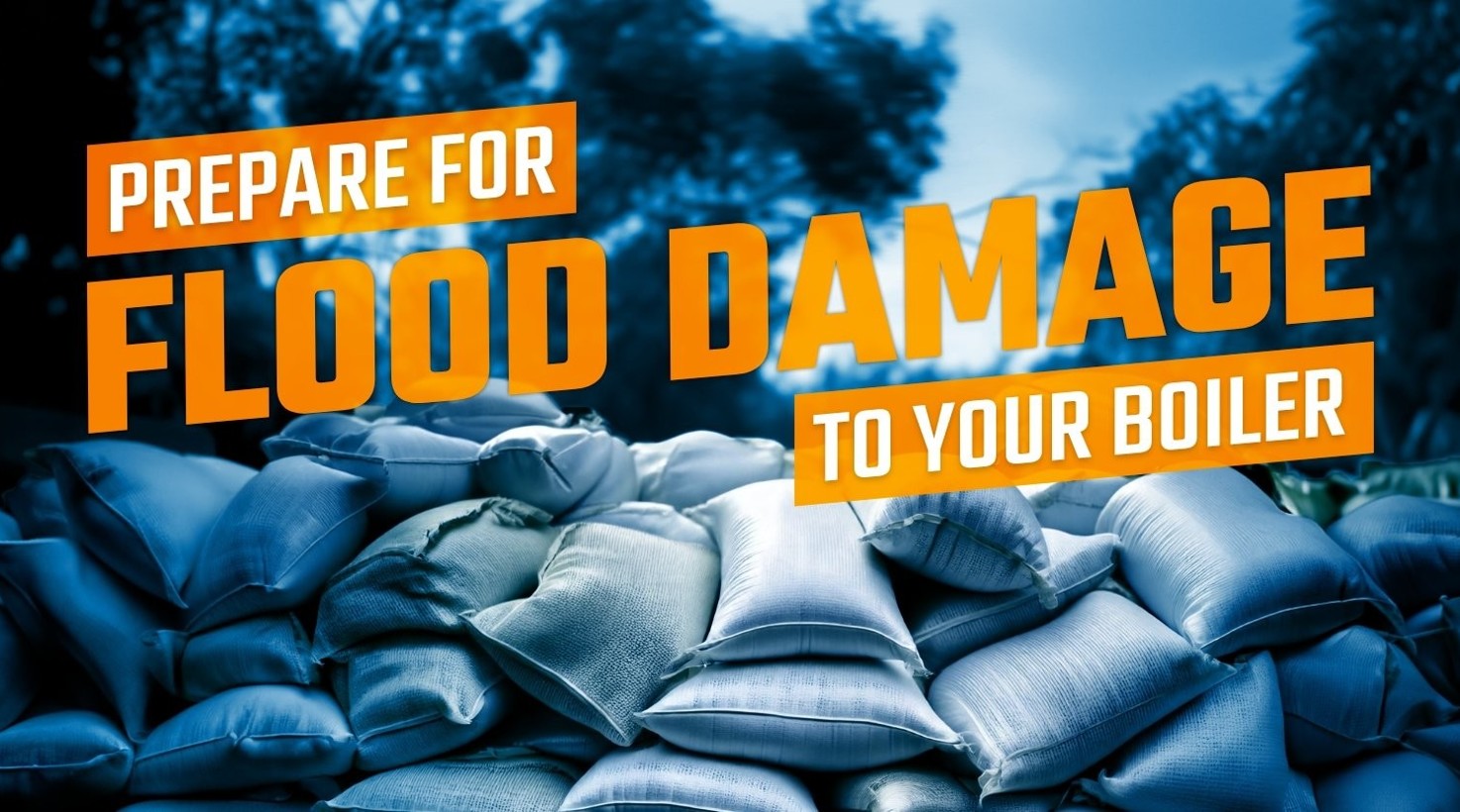Floods, whether caused by nature or by structural or mechanical failures, can cause deaths, injuries and sever property damage. To assist in the recovery of boiler systems affected by flooding to help mitigate further risks to public safety and property damage, follow these guidelines:
- Develop and enforce safety procedures for personnel. Because flood waters contain many hazardous chemicals and bacteria, safety of the personnel performing inspections and repairs is the highest priority.
- Turn off all utilities in the boiler room until inspection and necessary repairs of the individual systems allow reactivation.
- Conduct a careful visual inspection of the entire boiler system, both internally and externally. Make notations of obvious problems and any special equipment or personnel needed to facilitate repairs.
- Remember that some equipment may only be repaired by the original manufacturer or its licensed agents to maintain warranties and/or certification.
- Examine boiler setting or foundation closely to determine if it has been weakened or undermined. Any movement of the boiler or building will have an adverse effect on piping and other equipment connected to both the boiler and building structure.
- Inspect the boiler’s insulation. Water-logged insulation will accelerate external corrosion of boilers and pipes. If removal is deemed necessary, remember that asbestos is still present in many boiler rooms and requires handling by specially licensed personal. If the insulation is left in place and the boiler is fired before thoroughly drying, steam can be generated withing the insulation layers, creating the potential for rapid steam expansion.
- Check the refractory and fire brick for deterioration or loosening.
- Clean the feed water and condensate return systems thoroughly removing any mud, silt or debris. After the boiler is put back in operation, the water quality should be checked often for contamination of any kind.
- Check pressure relief devised for corrosion or any damage that would cause binding and failure to operate. Only qualified personnel should perform disassembly or repair of a pressure relief device. Some jurisdictions require this work to be performed by a company holding the National Board “VR” symbol stamp. Inspect the outlet and discharge line of the pressure-relieving device. (removed should be inspected)
- Inspect all drains and blow-off lines to ensure there is no blockage by debris.
- Electric/electronic controls should be evaluated for replacement or repair as needed. Replace any flame guard controls, ignition transformers and safety shutoff valves on the fuel system that have the potential for causing combustion interruption or instability.
- Inspect all electric motors and wiring closely to determine if repair or replacement is necessary. All electric work must comply with jurisdictional requirements.
- Check to make sure inlets are clear and chimneys or stacks are open.
This checklist is not included to be all-inclusive, as boiler systems and equipment vary in design and operation. However, this list could be used as an outlie in developing individual inspection and repair guidelines to fit many systems affected by flooding.
For more information, go to The National Board of Boiler and Pressure Vessel Inspectors.
